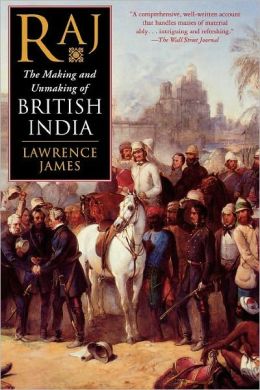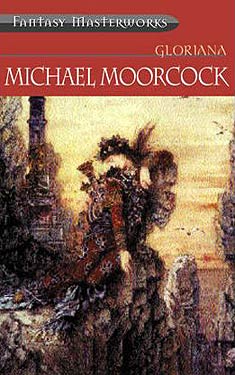When Ideas Collide
 One of the most common questions I hear from readers and non-writers is Where do you get your ideas? A lot of writers I know have a glib answer like: my cat, my muse (often the same critter), my subconscious (but in other words, we don’t know), or my favorite: a P.O. Box in Spokane.
One of the most common questions I hear from readers and non-writers is Where do you get your ideas? A lot of writers I know have a glib answer like: my cat, my muse (often the same critter), my subconscious (but in other words, we don’t know), or my favorite: a P.O. Box in Spokane.
But sometimes, authors — and I think especially SFF authors — will say a book idea came from two or three separate things considered at once. When they’re brought together, sparks fly and an idea flames up. This happened to me with my latest novel.
It began with serendipity: the discovery of two endlessly fascinating nonfiction books I found on my husband’s book shelf. One was about the British Natural History Museum and the other was a history of the British Raj in India.
I started one, which was a little slow, and while I tried to decide whether to plod on, I began the other book. Then the first book picked up speed and sank its hooks.
I jumped from one to the other so I could keep reading them both. In one, I was reading about the part of natural history museums you don’t realize are there (the research offices and store rooms). There were these eccentric scientists with nicknames like “trilobite man” and “beetle man.” If women had been more welcome in those rarified offices, I might have read about bird woman, or more likely, gopher girl.
In the other book, I found out how the British established an empire in that unlikely place, India, and the stunning arrogance of the Raj. Although colonialism’s stain spread widely on the continent, I was surprised to learn that even as late as the early 20th century, there were people in villages in India who had never heard of the Raj or Queen Victoria. India is a big place.
